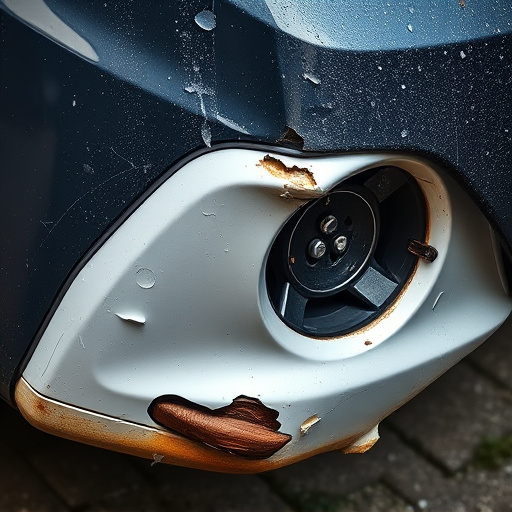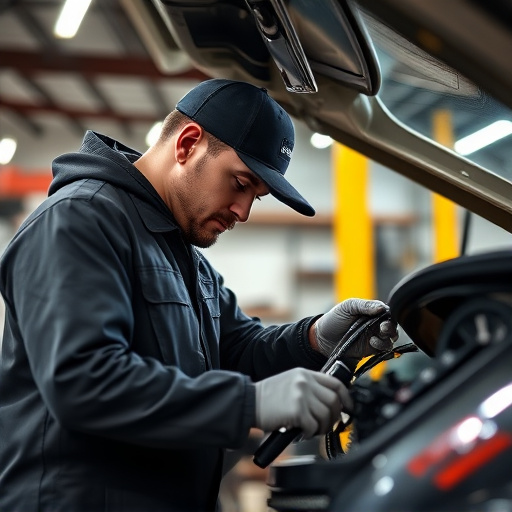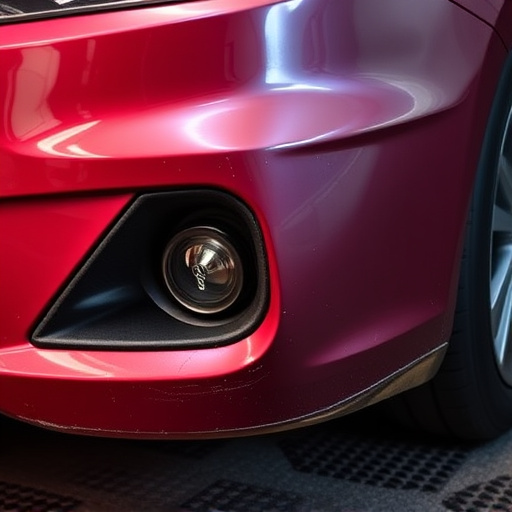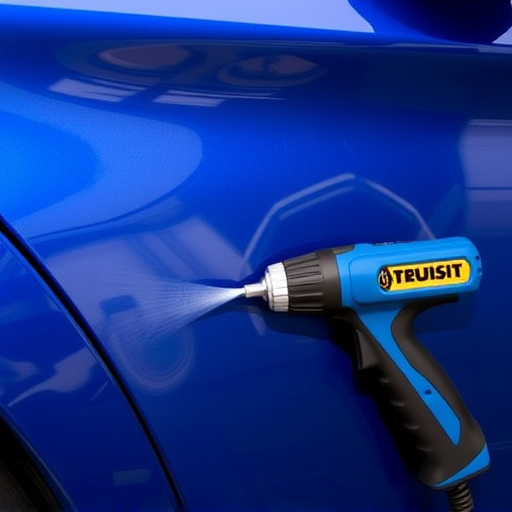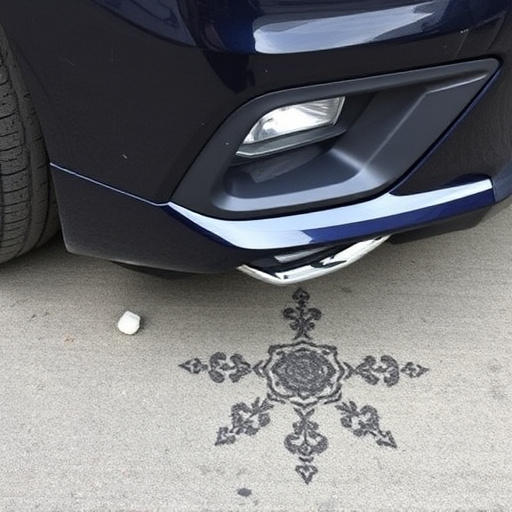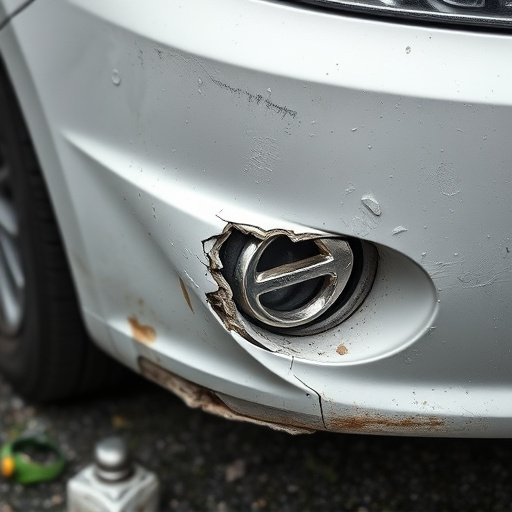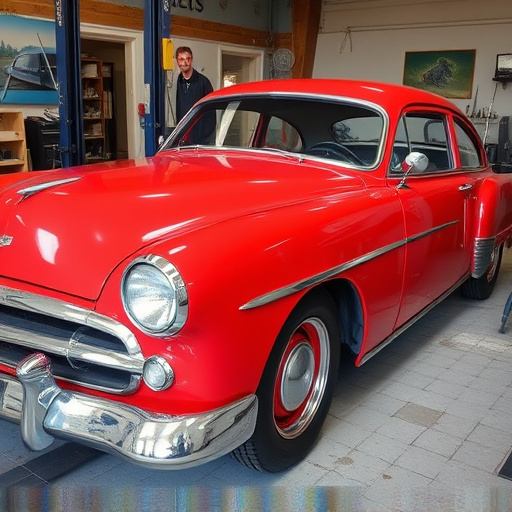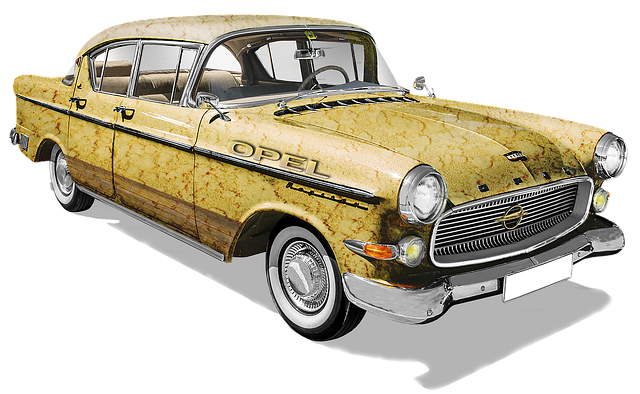Full-size truck collision repair demands a meticulous assessment using advanced tools like digital measuring equipment, 3D scanning, and CAD software to map out precise repairs. Top-tier centers employ specialized equipment for metal work, painting, and alignment, ensuring structural integrity and aesthetic appeal. Restoring structural integrity is crucial for safety and performance; choosing a reputable shop specializing in full-size truck collision repair guarantees advanced techniques, precision, and compliance with safety standards.
In the realm of automotive restoration, full-size truck collision repair stands out as a complex yet vital process. When these rugged vehicles sustain damage, accurate assessment and meticulous craftsmanship are key to optimal results. This article delves into the core elements of full-size truck collision repair, focusing on damage assessment, advanced materials, structural integrity, and best practices to ensure these workhorses return to their powerful selves.
- Understanding Full-Size Truck Collision Damage Assessment
- Key Materials and Techniques for Repair Accuracy
- Ensuring Structural Integrity After Collision Repair on Full-Size Trucks
Understanding Full-Size Truck Collision Damage Assessment

Full-size truck collision repair involves a comprehensive assessment of the vehicle’s damage to ensure optimal restoration. The initial step is to meticulously inspect every component of the truck, from the frame and chassis to the exterior panels and interior systems. This thorough evaluation helps identify hidden damage that might not be immediately apparent, ensuring no stone is left unturned during the repair process.
Collision assessors skilled in auto body services for full-size trucks use advanced tools and techniques to determine the extent of the damage. This includes utilizing digital measuring equipment, 3D scanning technology, and computer-aided design (CAD) software to accurately map out repairs needed for both vehicle bodywork and structural integrity. Understanding the intricacies of truck collision repair is paramount to achieving superior results, restoring the vehicle to its pre-accident condition, and ensuring safety on the road.
Key Materials and Techniques for Repair Accuracy

In full-size truck collision repair, precision is paramount. The key materials and techniques employed play a pivotal role in achieving accurate results that match the original vehicle specifications. Top-tier collision centers rely on advanced tools and high-quality components to ensure every detail is accounted for. This includes using specialized equipment for metal welding, straightening, and painting to guarantee structural integrity and aesthetic appeal.
Professional car body shops also integrate innovative techniques such as computer-aided design (CAD) and robotic measurement systems. These technologies enable precise alignment and restoration of the vehicle’s paneling, ensuring no unsightly gaps or misalignments. Moreover, expert technicians utilize specialized primers and paints that replicate the original factory finish, contributing to impeccable vehicle restoration.
Ensuring Structural Integrity After Collision Repair on Full-Size Trucks

After a collision, restoring the structural integrity of full-size trucks is paramount for both safety and performance. The initial repair process should meticulously address all damage to ensure the vehicle’s frame, chassis, and components are secure and aligned correctly. Skimping on this critical phase can lead to long-term stability issues, compromising the driver’s control and potentially causing further damage during subsequent driving.
Choosing a reputable auto body shop with expertise in full-size truck collision repair is crucial. Professional technicians employ advanced techniques and specialized equipment to accurately measure and realign components, ensuring precise restoration. Moreover, they have the know-how to handle intricate design details common in modern luxury vehicle repair, maintaining the aesthetic appeal of the truck while meeting stringent safety standards.
Full-size truck collision repair is a complex process that demands meticulous assessment, accurate materials, and structural integrity. By understanding the key elements discussed in this article—from damage assessment to ensuring structural soundness—professional mechanics can deliver superior results, enhancing safety and vehicle performance for full-size trucks post-collision. Incorporating best practices into every step of the repair process is essential for achieving optimal outcomes in full-size truck collision repair.
